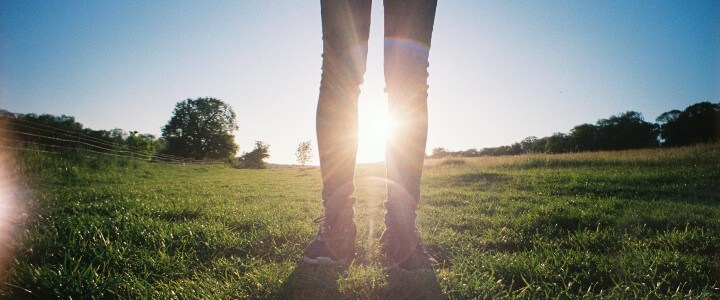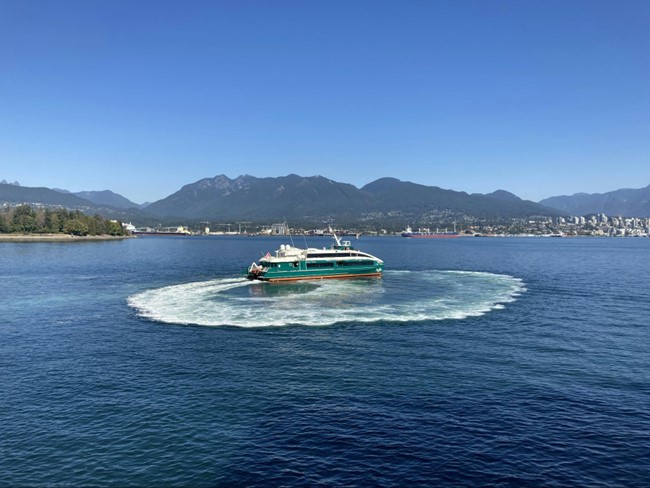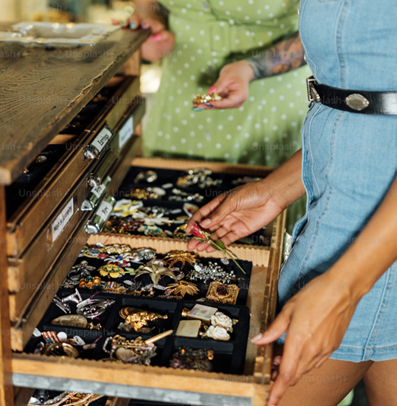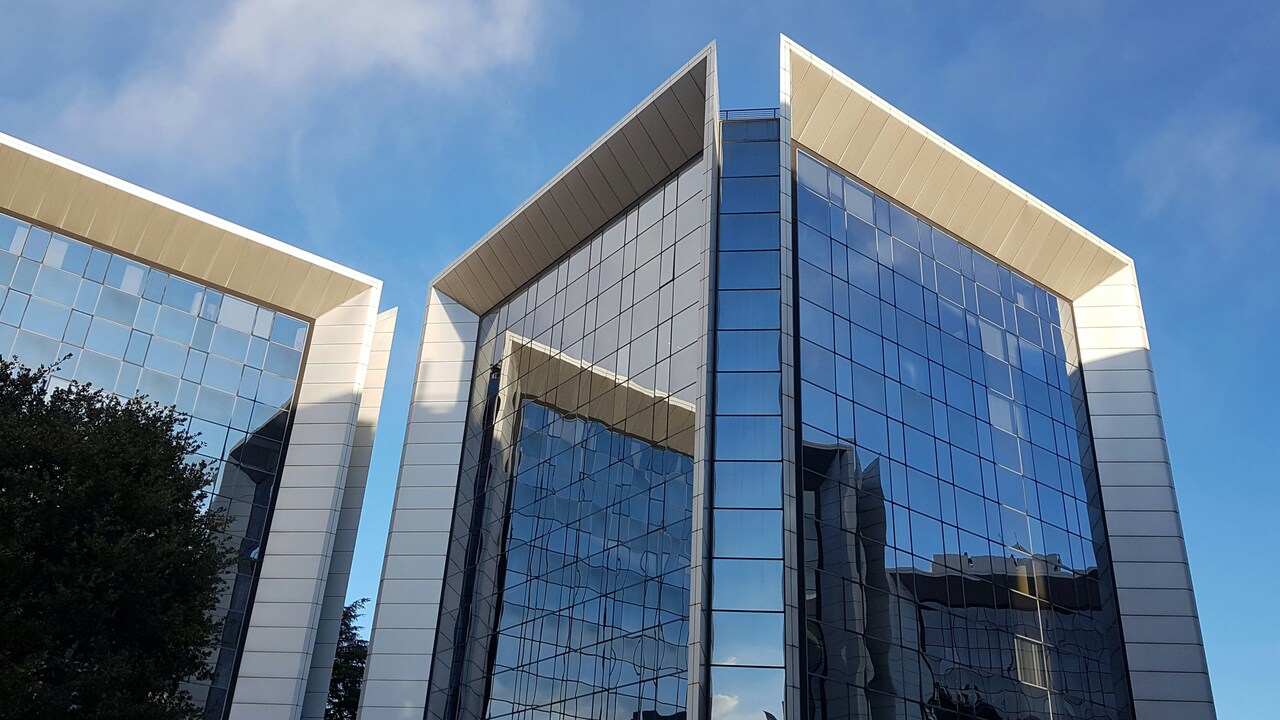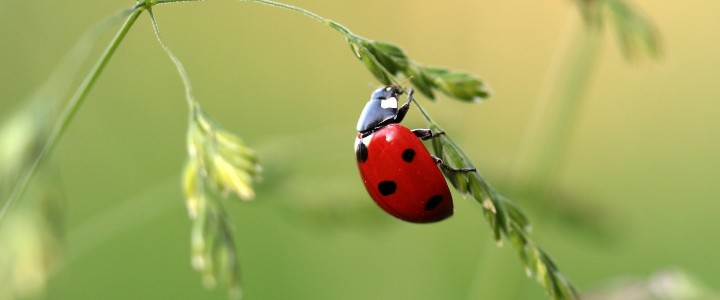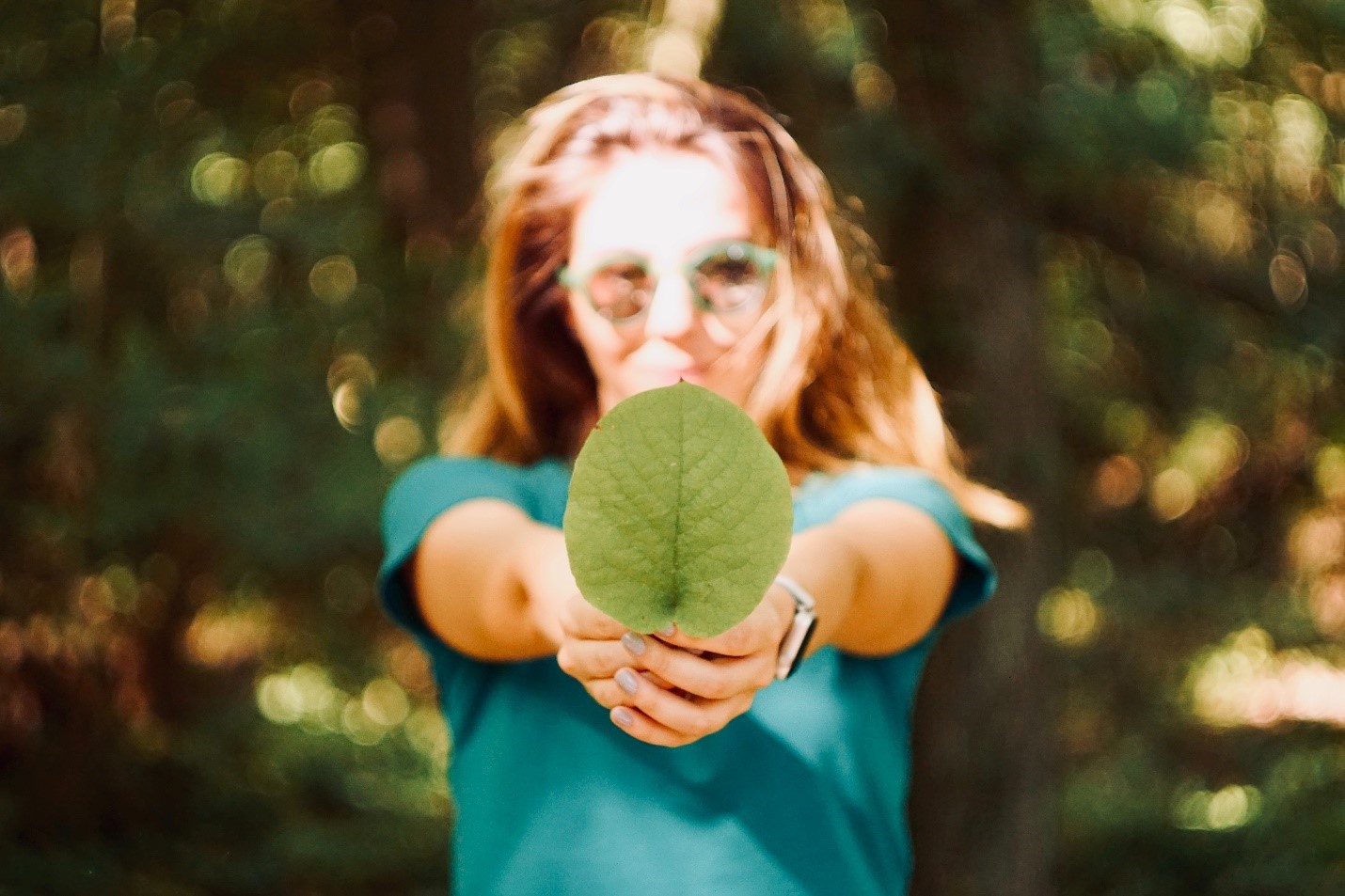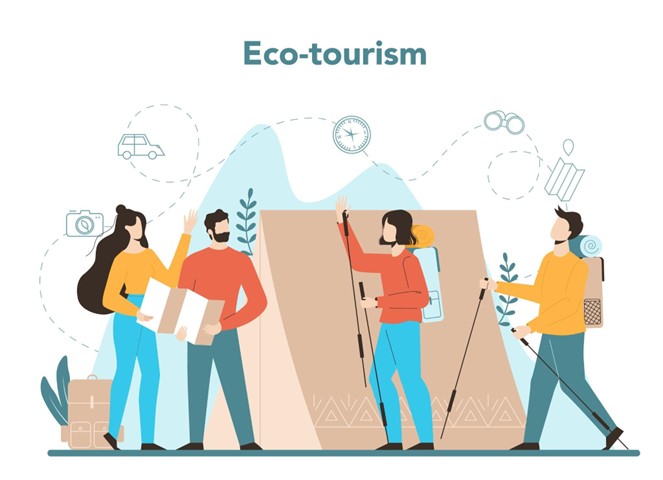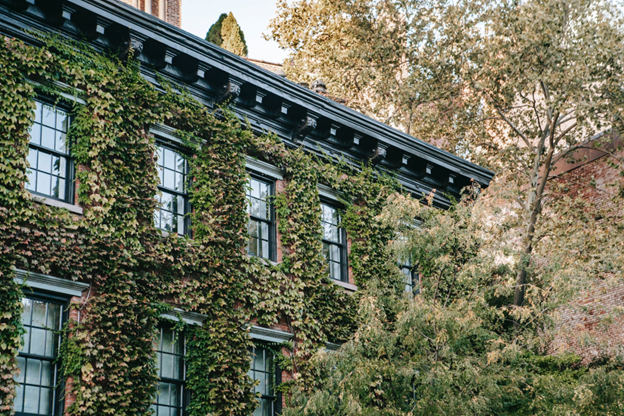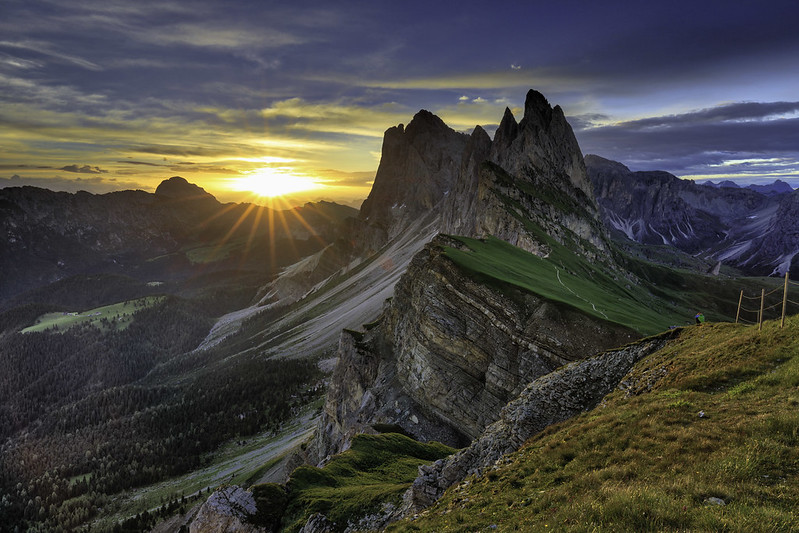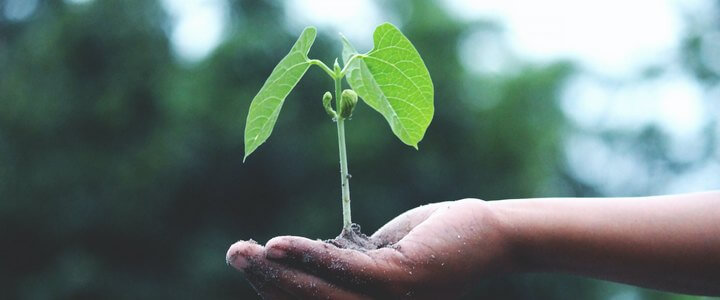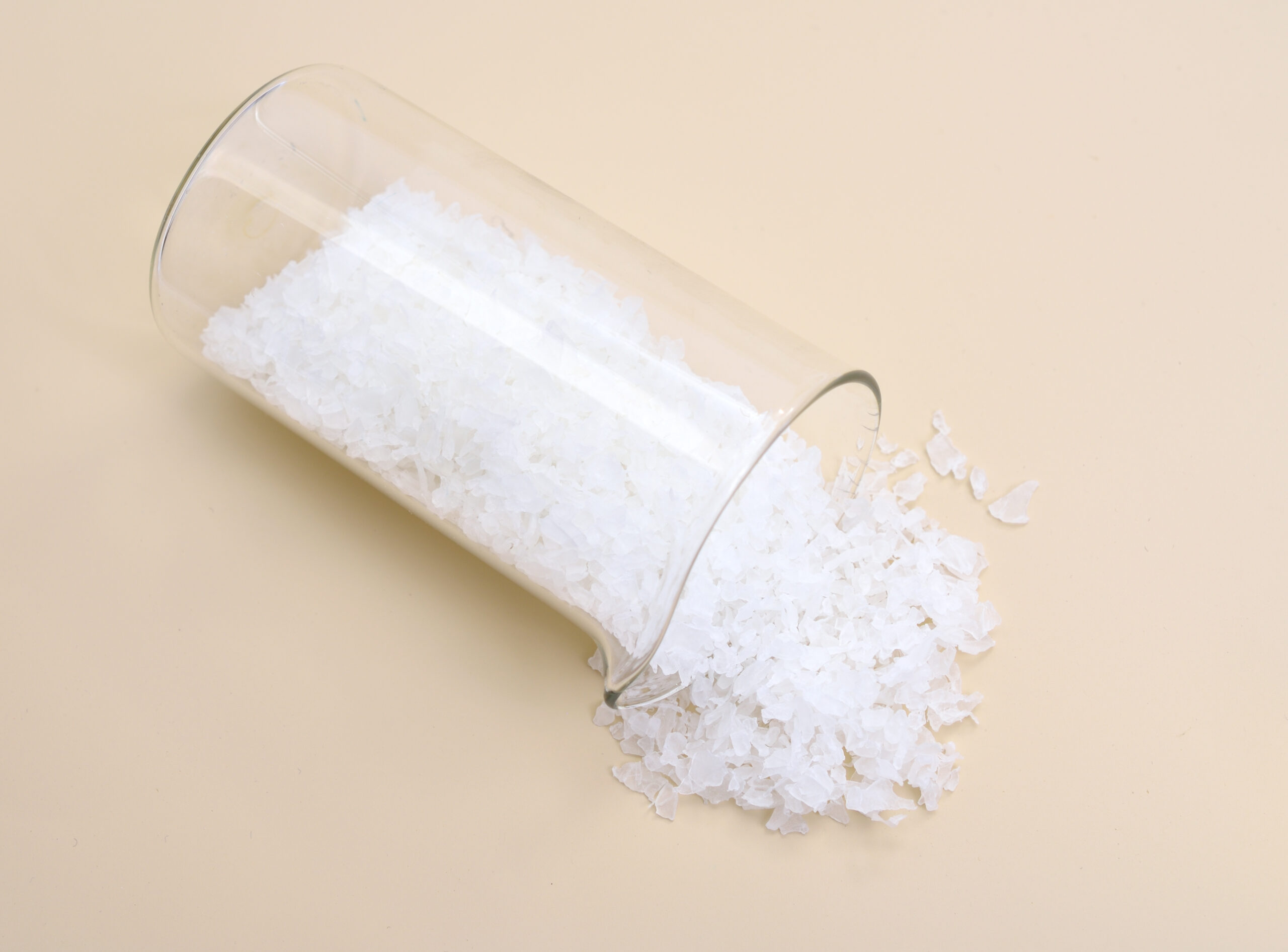Top Spots to Visit in Jerusalem for a Perfect Green Vacation
Israel is one of the most popular tourist destinations in the world, with many visitors coming in every year to uncover its mysteries. Out of all of its cities, Jerusalem is arguably the most famous. Situated in the Judaean Mountains, on a plateau between the Mediterranean and the Dead Sea, Jerusalem is one of the oldest continuously inhabited cities in the world, dating back to around 3000 BCE.
Throughout its long history, it has been completely destroyed twice, captured over 44 times, as well as attacked over 50 times. Today, it is a place of incredible importance for several religious denominations, as well as one of the best places in the world to visit if you love history and culture.
However, since Jerusalem is packed with so many things you can do, you need to establish an itinerary before you leave so that you can visit as many landmarks as possible during your stay.
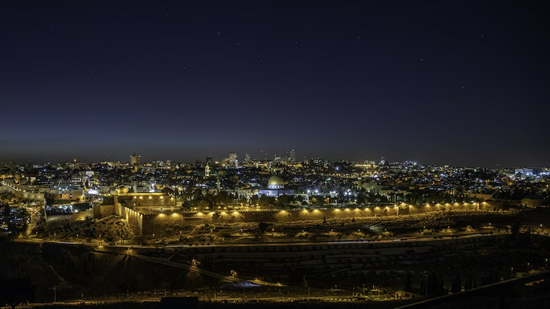
Image source: https://unsplash.com/photos/B5a_mgBLBX8
The Western Wall
No visit to Jerusalem can be considered complete without seeing the Kotel. The wall is a portion of an ancient construction built out of limestone in the Old City of Jerusalem. It is an integral part of the larger wall surrounding the Temple Mount. Around half of its full height is located below street level and dates back to the Second Temple period. The stones making up the Western Wall belong to different historical periods, including the reign of Herod the Great, and the era of the Umayyad Caliphate, with the smallest ones that are part of the uppermost courses coming from the Ottoman period.
Due to its proximity to the Temple Mount, the Wall is regarded as the holiest place where Jewish people can pray outside. A much-publicized practice is to place slips of paper containing prayers into the wall’s cracks. While some argue that this tradition goes back to the early 18th century, others believe that the custom infringes upon the holiness of the site and should be discontinued.
Going on a pilgrimage to the Western Wall offers the opportunity to explore Jerusalem in the spirit of green pilgrimage, a practice in which you visit the country while remaining careful to preserve the natural area and respect the environment. The tour enables you to participate in activities related to both the natural heritage and the cultural aspects of Israel.
City of David
This archaeological landmark, dating back to Jerusalem’s earliest days, is considered the core settlement of the city back during the Bronze and Iron Ages. Several cultures have inhabited the region, including the Canaanites, Israelites, and Byzantines, and remains of their cultures have been preserved for those visiting them today.
When you arrive at the location, you’ll have the opportunity to see several different structures. The Siloam Tunnel, part of an ancient aqueduct, may date back to the time of Hezekiah, the 13th King of Judah. The original function of this tunnel remains debatable. Yet, the primary hypothesis is that it was constructed as a means to provide the city with direct access to the Gihon Spring, the primary freshwater source in the area, while at the same time making it impossible to access by besieging troops.
The pool of Siloam, Jerusalem pilgrim road, Canaanite city walls, and the Large Stone Structure, regarded by historians as an ancient palace, are some of the other landmarks you can visit in the City of David. The Stepped Stone Structure, directly connected to the palace and supporting it, might have formed one single, massive structure overseeing the entire city.
Local celebrations
Hutzot Hayotzer is an arts and crafts lane situated west of the Old City of Jerusalem and is home to nearly thirty artist studios and art galleries. You can find a wide selection of artisan items here, including handmade objects and paintings. If you’re looking to bring home a one-of-a-kind gift and support the local community in the process, visiting this place must definitely be on your list.
If you’re traveling in August, you can join the International Arts and Crafts Fair, which lasts for twelve days and features both local and international craftsmen. The exact location of this event is in the Sultan’s Pool, an ancient water basin that is completely dry during the summer month and can be used as a venue.
The festival includes several workshops for families attending with their children, food booths, as well as concerts. Over the years, some of the most noteworthy artists that performed at the festival include Leonard Cohen, Bob Dylan, Eric Clapton and Radiohead, among many others.
The New Year of the Trees, known in Hebrew as Tu BiShvat, is another holiday you can observe even as a visitor. Celebrated as a day of environmental awareness, the ones who observe it plant trees to commemorate it. The traditional foods include dried fruits and almonds. The Hasidic community eats pickled or candied etrog, while the Sephardic community prepares Ashure, a dessert of fruit, grains and nuts.
Traditional markets
Nothing beats a good retail therapy session when you’re a tourist, and in Jerusalem, the best places for shopping are, without a doubt, the traditional markets. The Arab Souk is located in the Old City and houses nearly 1000 vendors and merchants offering a wide variety of products, which are bound to leave all visitors completely mesmerized. The atmosphere of browsing through the closely-packed stalls is an experience in and of itself.
One of the most popular tourist areas is David Street, which stretches along the southern side of the Christian Quarter and borders the Armenian neighborhood. Approximately 100 have their stalls placed in this narrow area. The Mahane Yehuda Market, one of Jerusalem’s best-known spots, is located in the historic district with the same name. The market is renowned for its diverse offer, including spices, textiles, food, clothing and Judaica. It is also the home of several urban artwork pieces that decorate concrete surfaces and walls.
When you visit Israel, you must be prepared for a spiritual experience. You’ll get to see ancient historical and cultural sites and participate in community-based activities. Throughout this time, remain attentive towards the natural environment to protect the country’s natural beauty and leave a positive footprint behind.

